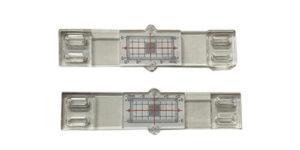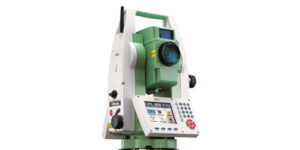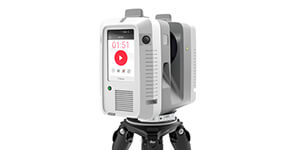Monitoring
Increasing building density in urban areas has caused the necessity of carefully and diligently monitoring structures within and around construction sites. Government infrastructures due to a lack of available surface space are now increasingly going either underground or above grade level or overhead to allow for minimal intrusion into private high value therefore highly taxed properties.
In order to minimize damage undue delays caused by legal and moral issues; and, added expense incurred due to repairs and rehabilitation; Construction companies are increasingly relying on the capabilities of third party monitoring companies to provide them with reliable and minimally invasive procedures to monitor horizontal movements, settlement or vertical movements, vibrations, tilt, inclination, water intrusion, and a host of other readily observable geo-characteristics that could forewarn, and provide advance warning, indicative of an impending major damage to structures within and around an active construction area. This advance warnings or indicators could provide sufficient time to perform actions that could prevent or mitigate any damage that may happen in time.
Monitoring application could either be within the construction or jobsite to ensure the safety of workers, equipment and materials; or, to adjoining structures within the area of influence of the activity to safeguard it from damage and to ensure the safety of its occupants or users.
Vibration Monitoring
Vibration monitoring is the measurement and recording of passing movements in the ground or in a structure, using a seismograph or other device, to detect and record the movement. It is the most utilized method for identifying potential vibration damage problems pre-construction and addressing them post-construction.
Crack Monitoring
Crack gauges are used to monitor horizontal or vertical crack movement on a flat surface. These devices are very useful for monitoring & measuring cracks in walls, buildings, bridges etc.
Optical Monitoring
Optical Survey prisms are a specially designed retro reflector, specifically a corner reflector, that is used to reflect the Electronic Distance Measurement (EDM) beam from a total station. A survey prism reflects the EDM beam back to its source with both a wide angle of incidence and with high precision.
Leica RTC360 Laser Scanner
The Leica RTC360 3D reality capture solution empowers users to document and capture their environments in 3D, improving efficiency and productivity in the field and in the office through fast, simple-to-use, accurate, and portable hardware and software. The RTC360 3D laser scanner is the solution for professionals to manage project complexities with accurate and reliable 3D representations and discover the possibilities of any site.




